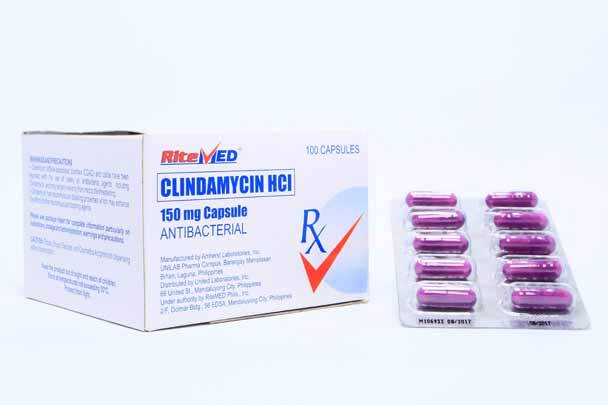

When given intravenously (into a vein), the recommended dose is 600 mg to 900 mg every 6 to 8 hours. The dose should not be more than the adult dose. The recommended dose for children is 10 mg per kilogram of body weight 1 hour before the procedure and 5 mg per kilogram of body weight 6 hours after the first dose. Prior to surgery or dental procedures, the recommended adult dose is 300 mg taken 1 hour before the procedure and 150 mg 6 hours after the first dose. The recommended dose is 2 mg to 5 mg per kilogram of body weight taken every 6 hours. The dose of clindamycin for children is based on body weight.
#Clindamycin headache full#
The recommended adult dose of clindamycin is 150 mg to 450 mg every 6 hours, swallowed whole, with a full glass of water. Do not stop taking this medication without consulting your doctor.ĭo not give this medication to anyone else, even if they have the same symptoms as you do. It can be harmful for people to take this medication if their doctor has not prescribed it. Your doctor may have suggested this medication for conditions other than those listed in these drug information articles. If you have not discussed this with your doctor or are not sure why you are taking this medication, speak to your doctor. As well, some forms of this medication may not be used for all of the conditions discussed here. This medication may be available under multiple brand names and/or in several different forms. Any specific brand name of this medication may not be available in all of the forms or approved for all of the conditions discussed here. Clindamycin kills bacteria by preventing the growth of the bacteria, so they cannot reproduce. It is also used before dental procedures or surgery to prevent infections for people who have heart conditions that put them at greater risk of infection.

It is used to treat infections caused by certain types of bacteria. About antimicrobial resistance.Clindamycin belongs to the class of medications called antibiotics. Ĭenters for Disease Control and Prevention. Fact versus fiction: a review of the evidence behind alcohol and antibiotic interactions. Mergenhagen K, Wattengel B, Skelly M, et al. American Journal of Obstetrics and Gynecology. Drug interactions between non-rifamycin antibiotics and hormonal contraception: a systematic review. Serious bleeding events due to warfarin and antibiotic co-prescription in a cohort of veterans. Association between tendon ruptures and use of fluoroquinolone, and other oral antibiotics: A 10-year retrospective study of 1 million US senior Medicare beneficiaries. How antibiotics can affect Achilles tendinopathy in athletes. Research on doxycycline and tooth staining. Patient education: vaginal yeast infection (back to the basics). National Institute of Diabetes and Digestive and Kidney Diseases. Medline Plus. Amoxicillin and clavulanic acid.
#Clindamycin headache update#
Update on the adverse effects of antimicrobial therapies in community practice. Centers for Disease Control and Prevention.


 0 kommentar(er)
0 kommentar(er)
